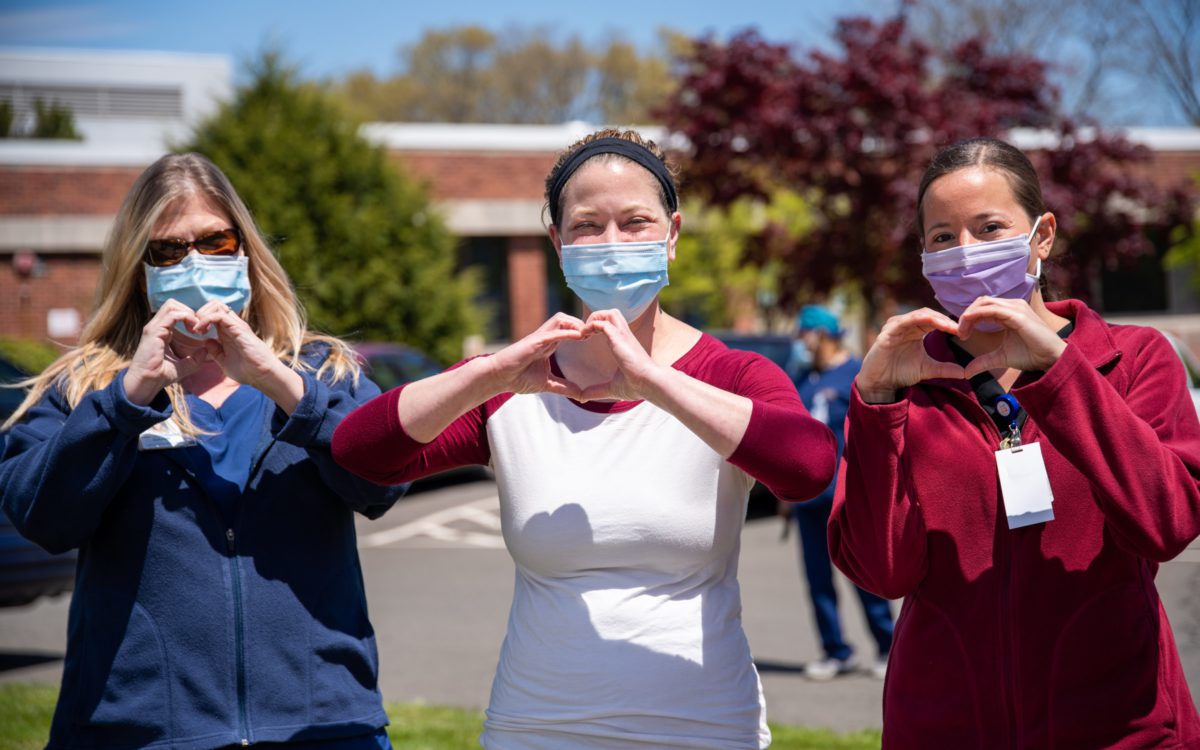
Dealing With Healthcare Workplace Harassment & Violence
By a Biometrica staffer
Workplace related harassment, assault and other acts of violence is not new to healthcare workers. Even around a decade ago, research by Occupational Safety and Health Administration (OSHA) had found that healthcare workers were at increased risk for workplace violence. From 2002 to 2013, incidents of serious workplace violence (those requiring days off for the injured worker to recuperate) were four times more common in healthcare than in private industry on average, per OSHA.
A majority of physicians and nurses report that they’ve been victims of workplace violence at least once throughout their careers, according to a paper published by The American Journal of Managed Care in December 2020. Between 8% and 38% of health workers suffer physical violence at some point in their careers, the World Health Organization says. Many more are threatened or exposed to verbal aggression and most violence is perpetrated by patients and visitors, WHO adds. It’s widely regarded that the situation only worsened with the onset of the Covid-19 pandemic in 2020, globally, and in the United States, too.
Most recently, on Jan. 24, a man was arrested after assaulting a nurse and a security officer, and damaging property at the M Health Fairview Ridges Hospital in Burnsville, Minnesota. “Unfortunately, like many other healthcare organizations, our health system is experiencing an increase in patients and families engaging with our staff and care teams in a hostile manner, sometimes with threatening behavior,” M Health Fairview said in a statement to a media house about the incident. The “phenomenon of widespread violence is prevalent throughout the healthcare industry,” Sai Balasubramanian, M.D., J.D. wrote in a Forbes column last year.
Are there any particular signs or risk factors that healthcare workers can watch out for to deal with this challenge? In this piece, we list a few of those according to OSHA. The other method of combating this, of course, would be to run a quick criminal background check on everyone who’s entering a healthcare workplace (hospital etc) at the point of entry using technology like the kind Biometrica provides. How does this help? For example, if a hospital ER team is dealing with a patient with a history of criminal violence, or who is a known member of a street gang, they can be prepared in advance to manage the situation in case it escalates.
Risk Factors
According to OSHA, there are several risk factors that hospital teams and systems can consider in order to be better prepared to prevent workplace violence, harassment & assault incidents from occurring. But before we look at those, a note of caution here that there is no formula or diagnosis or even patient “type” to predict future violence. However, within the healthcare system, certain areas are at higher risk for this: acute psychiatric services, geriatric long term care settings, high volume urban emergency departments and residential and day social services. Pain, devastating prognoses, unfamiliar surroundings, mind and mood altering medications and drugs, and disease progression can also cause agitation and violent behaviors.
Some of the other patient/client/setting related risk factors include:
- Working directly with people who have a history of violence,
abuse drugs or alcohol, gang members, and relatives of
patients or clients - Transporting patients and clients
- Working alone in a facility or in patients’ homes
- Poor environmental design of the workplace that may block employees’ vision or interfere with their escape from a violent incident
- Poorly lit corridors, rooms, parking lots and other areas
- Lack of means of emergency communication
- Prevalence of firearms, knives and other weapons among patients and their families and friends
- Working in neighborhoods with high crime rates
Organization risk factors, OSHA says, could be:
- Lack of facility policies and staff training for recognizing and managing escalating hostile and assaultive behaviors from patients, clients, visitors, or staff
- Working when understaffed — especially during mealtimes and visiting hours
- High worker turnover
- Inadequate security and mental health personnel on site
- Long waits for patients or clients and overcrowded, uncomfortable waiting rooms
- Unrestricted movement of the public in clinics and hospitals
- Perception that violence is tolerated and victims will not be able to report the incident to police and/or press charges
The New York State Nurses Association (NYSNA) adds a few more to that list:
- Lack of means of emergency communication
- Prevalence of firearms, knives and other weapons among patients and their families and friends (How do you know if there is a tendency to misuse weapons among patients and their families or friends? This is where companies like Biometrica can help: By running a criminal background check in near real-time, our technology can arm hospital teams with the answer to that question so they can be better prepared to deal with a particular individual patient and their families or friends)
OSHA has produced a five point plan for reducing workplace violence, including commitment to management and employee participation, a thorough analysis of risks, active prevention, and training and evaluation. A detailed description of effective violence prevention programs is included in OSHA’s Guidelines for Preventing Workplace Violence for Healthcare and Social Service Workers. Some states also have their own guidelines and rules. For example, the New York State Department of Labor Public Employee Safety and Health Bureau (PESH) requires public sector employers in New York State to institute workplace violence prevention programs, the NYSNA website says. These programs must include:
- Employer/employee collaboration
- Risk hazard assessment
- Implementation of controls
- Records review, walk around
- Written policy statement
- Written program
- Training
- Recordkeeping and reporting
- Periodic review (at least annually)